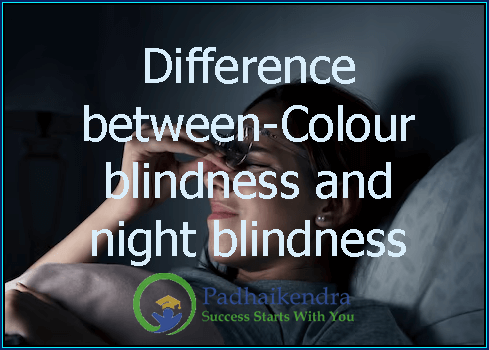Color blindness and night blindness are two different vision disorders that affect a person’s ability to see in different lighting conditions.
Color blindness is a condition in which a person has difficulty distinguishing between different colors. It is usually inherited and affects the way that the cones in the retina of the eye respond to light. Most people with color blindness have difficulty distinguishing between red and green, but some people may also have difficulty with blue and yellow. Color blindness is usually a mild condition that does not affect a person’s ability to function in daily life.
Night blindness, on the other hand, is a condition in which a person has difficulty seeing in low light conditions, such as at dusk or at night. It is usually caused by a lack of vitamin A, which is important for the functioning of the rods in the retina of the eye that are responsible for vision in dim light. Night blindness can also be caused by certain genetic conditions or by other underlying health conditions, such as cataracts or diabetes. People with night blindness may have difficulty driving at night, seeing in movie theaters, or performing other tasks in low light conditions.
In summary, color blindness is a condition in which a person has difficulty distinguishing between different colors, while night blindness is a condition in which a person has difficulty seeing in low light conditions. Color blindness is usually a mild condition that does not affect a person’s ability to function in daily life, while night blindness can affect a person’s ability to perform certain tasks in low light conditions.





